Your Cart is Empty
Enjoy 15% Off with free shipping. Code auto-applied at checkout
Enjoy 15% Off with free shipping. Code auto-applied at checkout

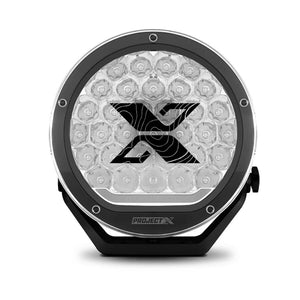
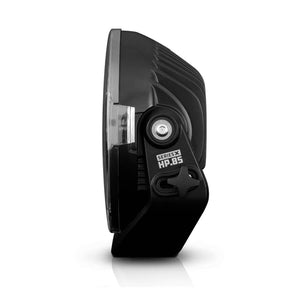
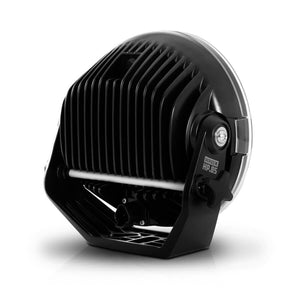
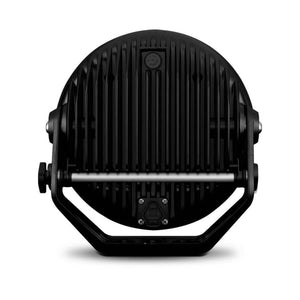
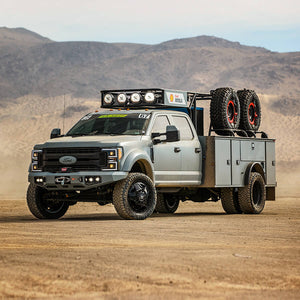
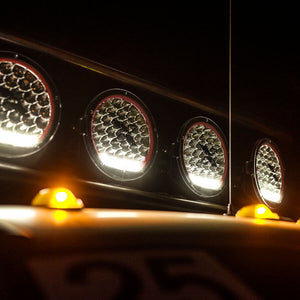

High Power 8.5" LED
Auxiliary Light
Combo Beam
AL538805-1
Connect with the Wild with the PROJECT X - Series X High Power LED auxiliary lights. The Series X LED lights feature best in class performance and is engineered using Osram LED technology to cut through the darkness and light the trail ahead with a powerful combo beam. Featuring an integrated Active Thermal Management System (ATMS), the HP.85 delivers 165 watts of pure white light (5700°K) in a broad penetrating beam of light. Fitted with a tool-free quick-adjust thumb screw for swift and easy adjusting of your lights as the trail requires.








